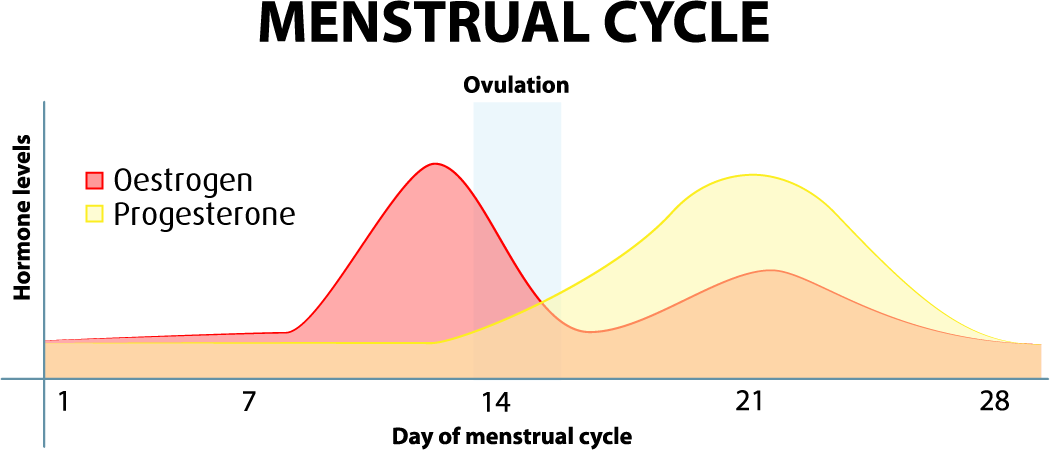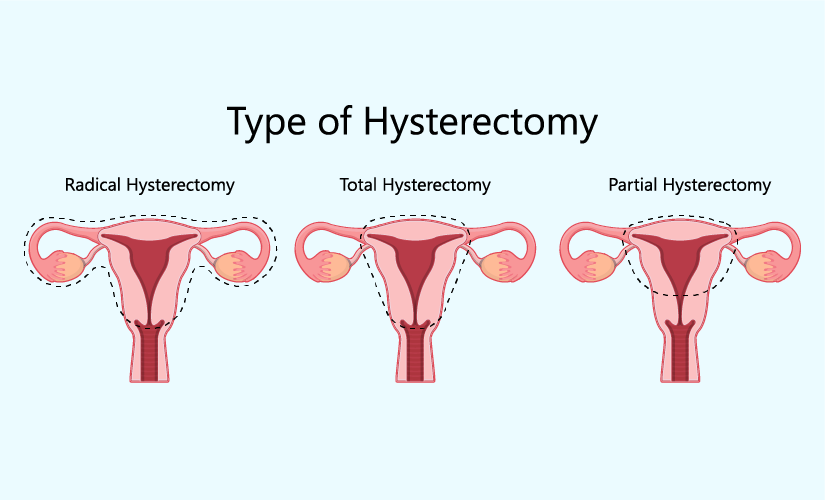Menstruation is not a new experience for a woman. But there are many women who are affected by it. One in every 20 women between the ages of 30 and 50 will receive treatment for heavy menstrual bleeding. The purpose of this article is to inform you about the causes of heavy bleeding with menstruation and the treatment methods to get rid of it.
A normal woman's period occurs once a month in the form of a cycle with a few days of normal bleeding. The amount of bleeding and the number of days of menstruation may vary from woman to woman. But if the bleeding is so heavy that it interferes with the woman's daily work, it is necessary to get treatment.
At the end of the menstrual cycle, with the decrease in the concentration of the progesterone hormone in the body, the inner wall of the uterus or endometrium is broken down and menstruation begins. This process usually ends in a few days and the body does not bleed in harmful amounts. But due to some abnormal conditions, the bleeding may not stop naturally or the amount of bleeding may be excessive. The circumstances leading to this are.
1. Imbalance of the hormonal process in the menstrual cycle . There is a natural hormonal imbalance in the menstrual cycle, usually around ovulation and in the pre-menstrual period. Therefore, heavy bleeding is common among pregnant girls and women who are about to menstruate. In addition, conditions such as polycystic ovary syndrome (PCOS) can also cause hormonal imbalance.
2. Presence of fibroids in the uterus (Fibroids). Fibroids in the muscular wall of the uterus can cause heavy bleeding. The amount of bleeding varies depending on the location and size of the tumor.
3. Adenomyosis, a condition in which the uterus swells. When these conditions are present, abnormal bleeding may occur with menstruation.
4. Polyp (endometrial polyp ) that occurs on the inner wall of the uterus can cause heavy bleeding with menstruation.
5. Pelvic Inflammatory Disease may cause abnormal bleeding with menstruation.
6. Rarely, in addition to the above reasons, excessive bleeding with menstruation is also possible due to medical conditions in which blood coagulation is abnormal, taking drugs that prevent blood coagulation, birth control loop, contraceptive methods containing hormones. Very rarely, uterine cancer conditions can also cause heavy bleeding.
If you feel that you have heavy bleeding with menstruation, you should first find out if there is a medical condition that causes it. For this, you should discuss your problem with a doctor and decide whether further tests are needed. Many diseases of the uterus can be diagnosed with a scan. An experienced doctor can easily detect the thickness of the wall of the uterus and cysts such as fibroids, adenomyosis, the increase in the thickness of the inner wall of the uterus and the muscular conditions that occur there through an ultrasound scan. In addition, it is advisable to check if the level of hemoglobin in the blood is low. A hormone imbalance can be detected by testing the hormone levels in the blood. After that, it is possible to control this condition with appropriate drug treatment.
When the hemoglobin level in the body is greatly reduced due to heavy bleeding, blood transfusion is required as a treatment. If not, iron and vitamins can be used as treatment.
Medicines like Mefenamic acid can be used on medical advice to reduce the amount of bleeding during menstruation. If your menstrual cycle hormones are abnormal, your doctor may prescribe birth control pills or other hormonal medication. When taking such hormonal drugs, it is important to take the drugs at the right time according to the doctor's instructions. Your bleeding can also be irregular due to not taking hormone medication properly. In cases where hormonal drugs are needed for a long time, instead of taking drugs continuously, a loop containing hormones placed in the uterus can be used as a treatment.
In cases where it is not possible to stop the bleeding through drug treatment, this is treated by surgery. If the surgery used for that.
1. Hysteroscopy, which examines the inside of the uterus. Here, the cavity inside the uterus is monitored by a very fine camera inserted through the vagina. At the same time, it is possible to remove the small cysts and fibroids in the uterus. In addition, it is possible to obtain a biological sample to check whether there are cancerous conditions in the inner wall of the uterus.
2. Myomectomy surgery to remove fibroids in the uterus . This surgery only removes the fibroids without removing the uterus. Therefore, it is possible to conceive again. This can be done as an open surgery or as a laparoscopic surgery to minimize the damage to the body.
3. If the condition of adenomyosis of the uterus is not diffused, it is possible to remove only that part without removing the uterus by means of adenomyomectomy surgery. This surgery can also be done laparoscopically.
4. Hysterectomy. This surgery has the ability to permanently stop bleeding in women for whom other surgical methods are not suitable. Modern laparoscopic surgery can now do this to minimize the pain and side effects of hysterectomy .
Endometrial ablation is a surgical procedure that damages the inner wall of the uterus and thereby reduces bleeding. It can control the bleeding to some extent.
If you have excessive bleeding with menstruation, therefore, do not wait for side effects such as immunity to occur, but see a doctor quickly and refer to the appropriate tests. You will be able to manage this condition properly and lead a normal life with treatment. In cases of persistent failure of treatment, surgery can permanently cure this condition.








